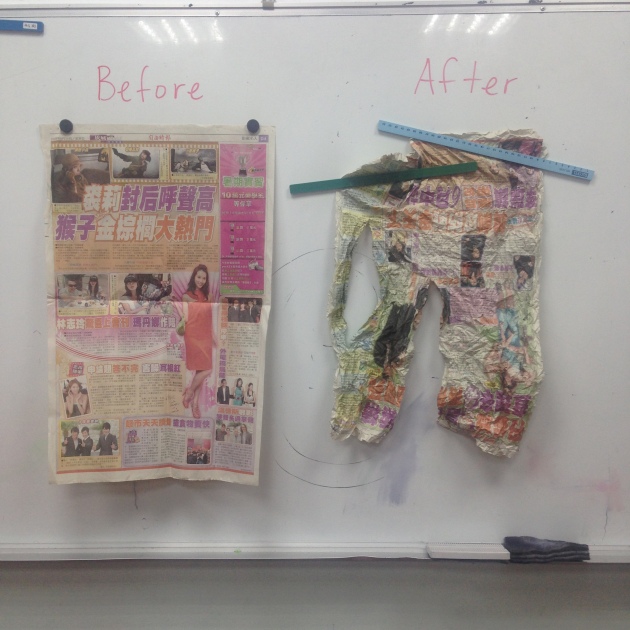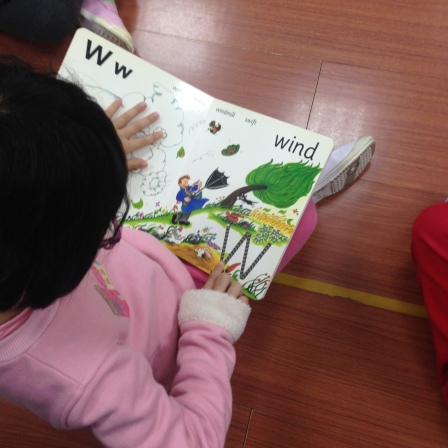There’s no better age to be than four or five years old. (At this age a lot of great things can happen for you during your kindergarten years.)
First, you are encouraged to make mistakes (and not feel ashamed about them). You are also encouraged to ask lots of questions to whoever you want, anytime you want to.
At four or five years old, I imagine mom or dad or grandma cooks your food, buys your clothes, and drives you to school.

Photo credit: Google images
My Juniper Tree students range from four to five years of age. They have me and another teacher, who speaks to them in Mandarin Chinese, to guide them through their days of this exploration phase at Oak Tree Language Institute in Zhubei, Hsinchu County, Taiwan.
Their parents help too. Nearly every student is driven to school, however, one or two ride on the back of their parent’s motor scooter or walk hand in hand to school. I am confident that the students of Juniper Tree have role models in every corner, but I am confident in saying that no one other can answer their questions about braiding hair except for me.

K3 Juniper Tree’s English Teacher Ariam Alula (as students call me, Teacher Alula) in Downtown Hsinchu, Taiwan. Photo credit: Tanya Weekes
The picture above was taken by a photographer friend named Tanya. She moved to Taiwan from England in December of last year. If you look carefully at the details of the picture (and not just the green lipstick) you will notice that I have hair of various textures.
On some days my hair is soft and puffs out in the back of my head. On other days it is curly and also puffs out in the back of my head. I sometimes curl and twist my hair at my desk during break time (i.e. while students’ are eating their snacks) and notice a few watch me while I do this. I don’t see other women with similar hair texture in Chupei, let alone in Taiwan. They must be curious, I say to myself.
- What do they think it feels like?
- Do they want to touch it?
Here is the reaction from two Juniper Tree students who were invited to “explore” touching my hair.
Please note: This experiment was recorded in the morning before we started our morning English circle. This was not part of any lesson English lesson.





















